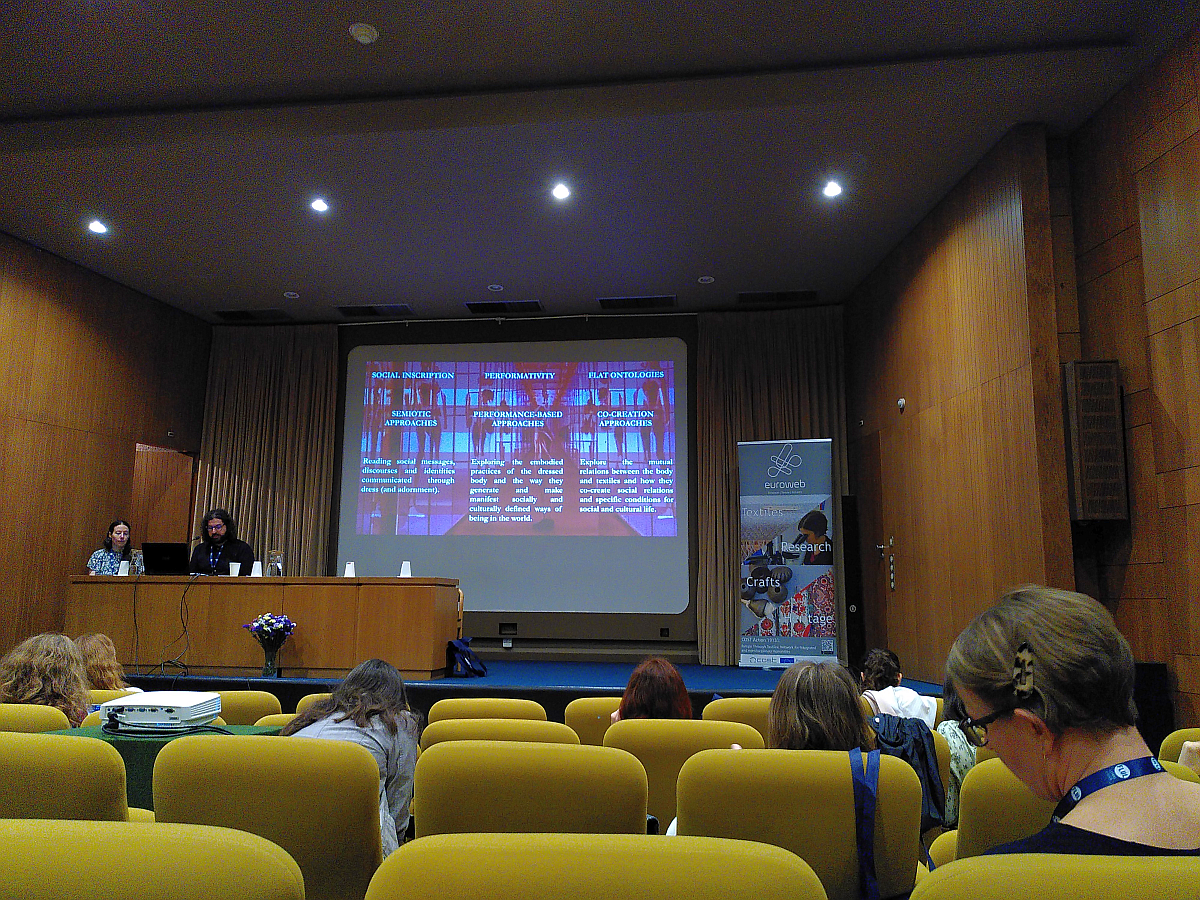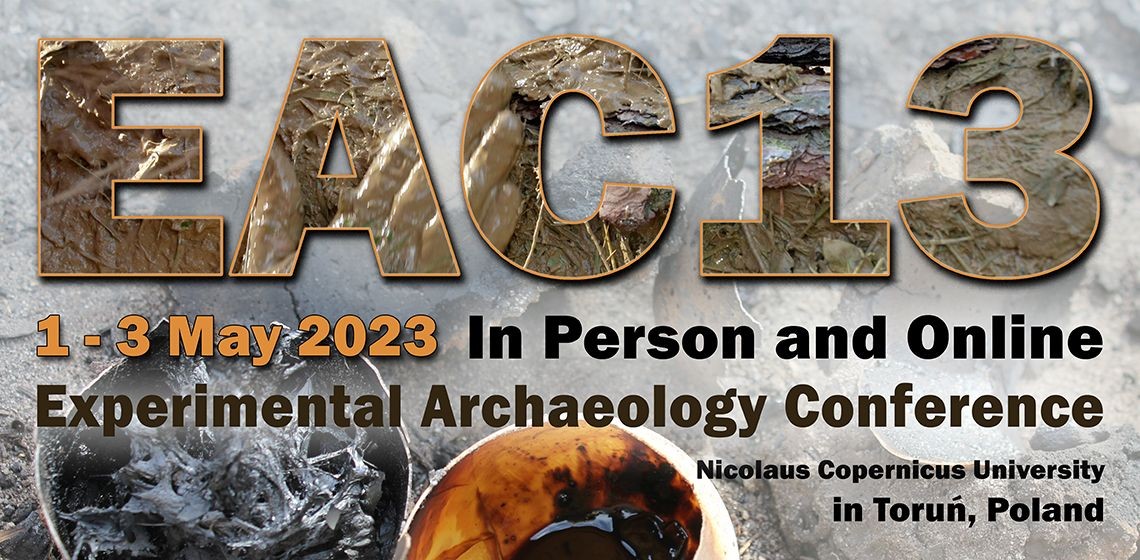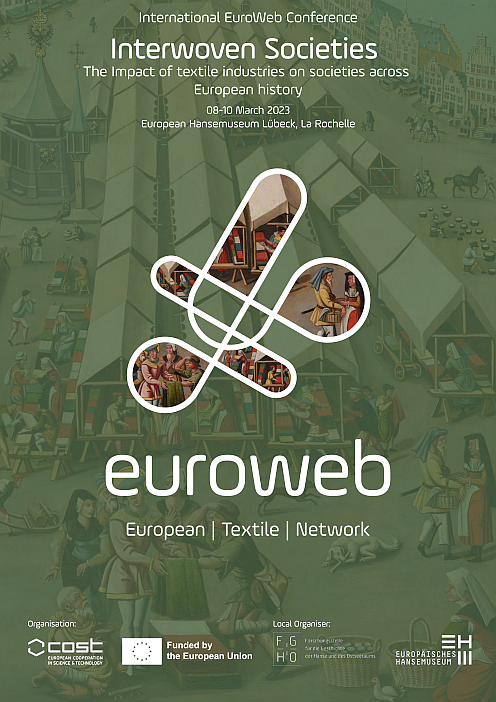I'm back home from a wonderful workshop - and the title "Making, Wearing, Displaying: Textiles and the Body" really fit all the contents of the workshop.
We had a lovely mixture of papers and practical sessions, one of them involving modeling of various reconstructions of old garments. There was Iron Age and Bronze Age things, there were a few galloroman garments, and pieces from Xianjing - of which I got to model one. It was the earliest piece, put together from a lot of fabric that was mostly uncut, and a very interesting experience to wear. The two other garments from the same project were much more tailored and looked elegant from the get-go, while my gown felt more like hanging out on the couch and have chocolate and watch Netflix. (Or read a book, maybe.) While I've worn a good number of historical garments and garment reconstruction over the years, and most of them not just for half an hour or an hour, but for actual working and living in them, it was the first time I had something as loose-fitting and flowy, with no body shaping whatsoever. Very curious feeling for me.
There was also a workshop on Greek dancing (ancient Greek, of course), in the wonderfully warm sun, so it felt quite fitting. And then, of course, lots of papers about a huge number of aspects regarding textile and the body - from dental abrasions probably caused by textile work to a project looking at brain activity when doing textile work. The programme was really long and packed, but the organisers did an absolutely splendid job in how they arranged papers, breaks, and practical sessions to make it still easy to follow along and take in all the information.
We also got treated to a tour of the Ethnographical Museum in Lisboa, who graciously hosted us for the first two days, and to copious amounts of typical food and sweets (coffee breaks!) plus, of course, coffee.
Portuguese coffee is lovely, and I probably had too much of it - but did I mention it was delicious?
After the conference, I had a bit of time left to explore the city. I spent most of the two days I had walking up and down the streets, looking at things at a flea market, seeing the loom weights (and the museum mascot cat) in the Museo Archqueologico do Carmo, plus the Natural Science Museum and the Botanical Gardens as well as many, many streets in different quarters. There would have been much more to explore, but there's only so much you can do in two days, especially if you also have to take breaks to sample the local delicacies. There had to be an adequate sample size for determining coffee quality, for instance, and since there is not only the signature "pastel de nata", but a plethora of sweet baked goods in Portugal, these had to be sampled too.
Finally there were visits to a few supermarkets, because I always find it very interesting to see how goods differ from country to country, and on Sunday I spent some time doing what a lot of the locals did: Hang out in one of the parks, sitting on the grass and enjoying the day (in my case, with a bit of knitting).
And then it was already time to go home... with a few delays along the way, which meant I arrived a bit later than planned, but not castastrophically late. Now it's time to get back to work - with new insights about displaying dress and the body.







